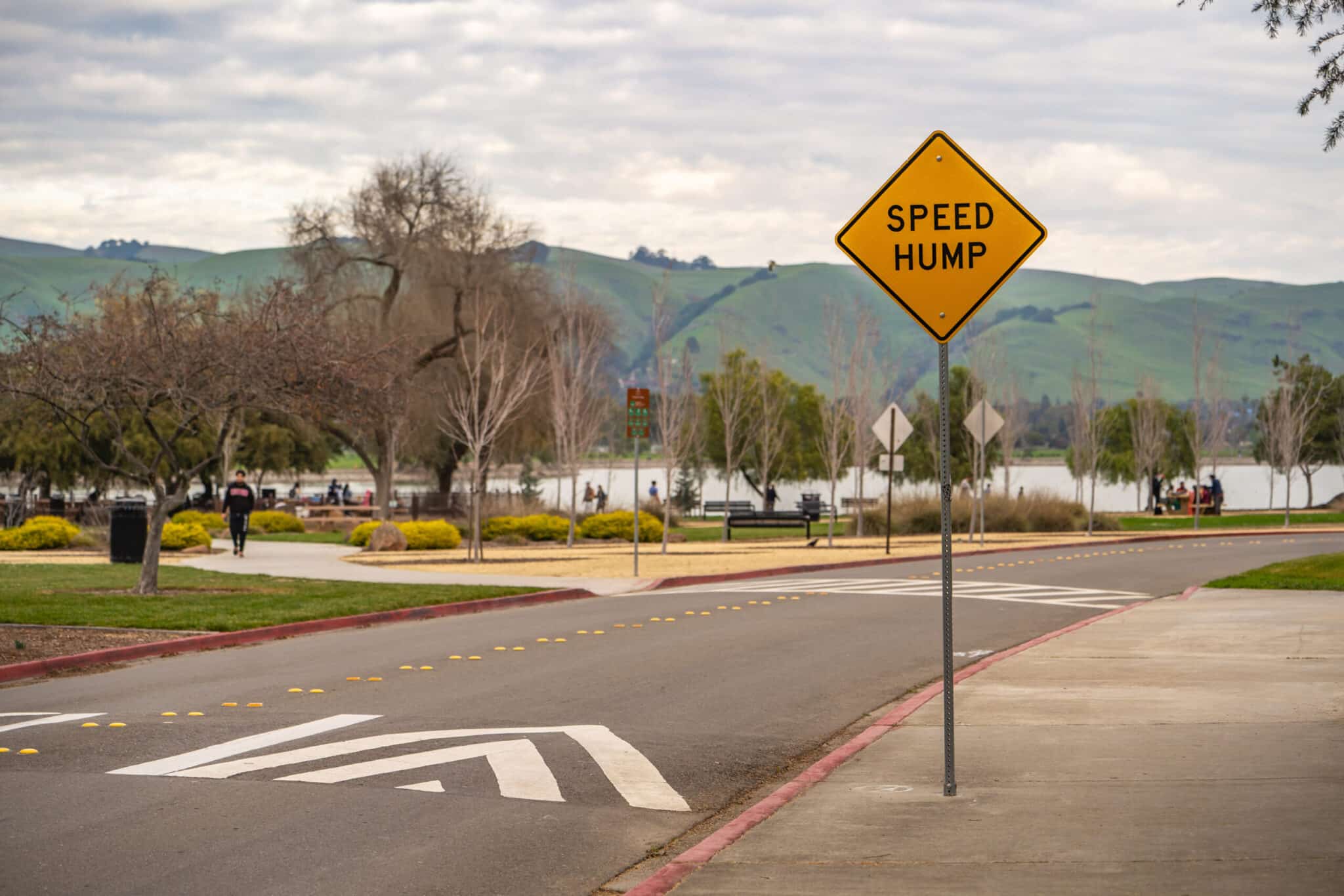
In many residential and business settings where there is the anticipated presence of pedestrians and heavy traffic, there may also be the installation of traffic calming devices. One of the most common apparatuses employed for this purpose is speed humps, but these also come with a risk of serious injury to many. There may be many disabled Maine residents who have had a bad experience with one of these potentially hazardous devices.

How Speed Humps Can Be Dangerous
There are public safety advocates who have warned against the use of these constructions. While the goal of slowing traffic is commendable in both shopping districts and residential neighborhoods, speed humps pose a serious risk of causing certain pedestrians or disabled residents to suffer a trip or fall injury. The majority of these bumps are designed with a gradual slope and have a flat, one-color surface. This can be visually misleading in certain conditions and for those who suffer visual impairment.
Those who travel by wheelchair or use a walking assist, such as a cane or walker, often struggle to navigate these surfaces safely. A fall caused by one of these bumps can result in serious fractures or even a head injury — especially when the victim is already physically compromised by age or other factors. The monochromatic coloring of the humps can also enhance glares which increase the risk of a trip or other injury. There are also motorists who may take evasive action to avoid a bump and swerve out around one, leading to the possibility of hitting a pedestrian who is unprepared for the driver’s actions.
When these devices are utilized, it is recommended that they are brightly painted with distinct markings and a flat passage is provided for those who are unable to navigate these surfaces safely. If a Maine resident has suffered a serious injury as a result of a fall caused by a speed hump, they likely have sustained monetary damages as well from medical bills and associated costs. In an effort to recoup those documented losses, victims may elect to obtain information related to the process of filing a valid personal injury claim against the parties liable for their damages.
Source: articles.chicagotribune.com, “Go slow and weigh options before installing speed bumps“, Pamela Dittmer, Accessed on Jan. 2, 2018
